Details
(Article was originally written in late 2017)
How will you protect your family and supplies when the stuff hits the fan, and those that didn’t think ahead get hungry and desperate? Do you really need a gun? Firearms are a very effective means of deterring a threat, and can provide stand-off distance between you and a potential aggressor. Samuel Colt called it the great equalizer, and he was not wrong. Guns are simple tools that implement simple mechanics. They can be manufactured ANYWHERE in the world using fabrication tools like engine lathes, drill presses, grinders, and welders or, as we are seeing more frequently, with 3D printers and CNC milling machines. Nobody has an accurate count of the number of firearms in circulation, but it no doubt outnumbers the number of people in America.
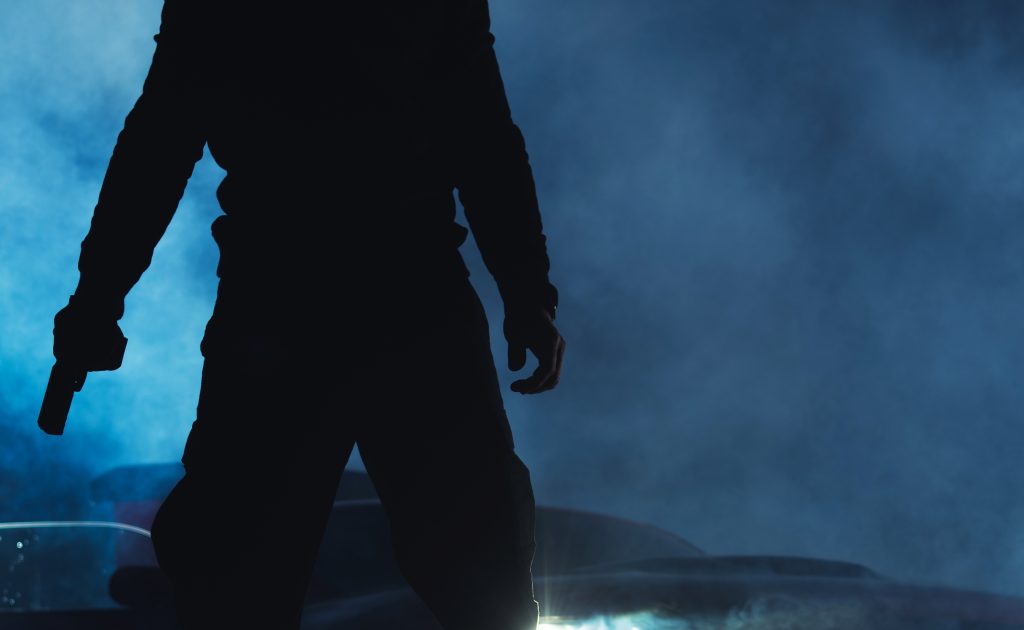
When the lights go out, it will only be a day or two before the people who didn’t plan start seeing you as a source of resources. How do you plan on persuading them that what you have is not going to be made available for their use? These metaphorical zombies will only get hungrier and less rational as the days go by without a restoration of modern logistics and conveniences. If you have spent more than a few hours considering emergency preparedness, you must realize that you are in the minority. Most people do not make plans for tough times. After Hurricane Katrina for example, people witnessed neighborhoods turning into warzones as gangs fought for turf while looting stores and banks and homes in the flooded streets. Despite this, New Orleans Superintendent P. Edwin Compass made clear, “No one will be able to be armed,” and, “Guns will be taken. Only law enforcement will be allowed to have guns.” Will you disarm if that happens in your city?
It seems every few months somebody uses a firearm irresponsibly and attacks against an individual’s right to firearms ownership ensues. What happened on October 1 2017 was no exception. The event in Las Vegas Nevada, where a single gunman fired on thousands of people attending a musical festival from a 32nd floor hotel room window, is being called the biggest mass shooting in American history. And without losing a step, within hours, gun control advocates hadn’t even allowed the blood to dry before calling for more restrictions.
The gunman, a retired accountant in his 60s, had over a dozen guns and thousands of rounds of ammunition, and when police were finally able to enter the hotel room, they discovered hundreds of rounds yet unfired. Using bumpfire stock technology he was able maintain long bursts of rapid fire for around 10 minutes before dying from a gunshot wound, reportedly self inflicted. The incident occurred just after 10 PM making it difficult to see the broken windows of the suite where the gun fire was originating. With the distance between the hotel and the festival venue, simply shooting back was not practical. At the time of this writing is has been a week since the incident and bumpfire stocks are sold out from every major retailer, and have been listed in some places for over $1200 due to scarcity and demand.

While it would have been legal in Nevada to do so, most gun owners do not make a habit of open carrying a long range rifle on their person. Additionally guns were not allowed into the music festival. To complicate matters even more, the Las Vegas strip is a unique situation in that it is a park and walk environment, so a festival goer with a rifle in their vehicle would have had difficulty retrieving it. This incident involved a lot of unique variables that do not normally present themselves in a mass shooting or a firearm self defense situation. What’s more, no existing gun laws would have prevented this tragedy. Gun control has not been effective at stopping criminals from obtaining or using firearms to commit crimes, and the vast majority of gun owners do not commit crimes with them.
First and foremost it needs to be stated, that the last time gun confiscation was attempted on US soil was in 1775 at Lexington and Concord, and we all know how well that worked out. Without private gun ownership prior to the second amendment, America very well might not exist at all. The militias of colonial America no longer exist, and the standing armies and continuous wars that we see today would be very foreign to the founder’s non-intervention view of America, but they knew the need to protect the individual right to arms was important to liberty. To this end they added the second amendment: “A well regulated Militia, being necessary to the security of a free State, the right of the people to keep and bear arms, shall not be infringed”. Some people attempt to pervert the intention of the authors of this amendment, so let’s take a moment and dissect it for it’s meaning, and then discuss the historical reasoning that lead to it.

To paraphrase Thomas Jefferson, on every question of construction let’s go back to the time when the Constitution was adopted, recollect the spirit of the debates, and instead of trying what meaning can be squeezed from the text, or invented against it, conform to the probable one which was passed. The amendment begins with “A well regulated militia”, and gun control proponents love to pretend the right to guns only applies to militia, and they use the word regulate to justify restrictions on acquisition and possession. Militia at the time meant any able bodied white male, age 16 to 60, and NOT enlisted in the military. And regulated merely means that the weapons and equipment for militia use should be maintained for function and in good condition.

Tench Coxe was present during the discussions surrounding the purpose of the second amendment. He wrote this in The Philadelphia Gazette, February 20 1788:
“THE POWERS OF THE SWORD ARE IN THE HANDS OF THE YEOMANRY OF AMERICA FROM SIXTEEN TO SIXTY. The militia of these free commonwealths, entitled and accustomed to their arms, when compared with any possible army, must be tremendous and irresistible. Who are the militia? are they not ourselves. Is it feared, then, that we shall turn our arms each man against his own bosom. Congress have no power to disarm the militia. Their swords, and every other terrible implement of the soldier, are the birthright of an American. What clause in the state or (federal) constitution hath given away that important right. … The unlimited power of the sword is not in the hands of either the federal or state governments, but where I trust in God it will ever remain, in the hands of the people.”
Alexander Hamilton wrote in Federalist Paper number 29:
“…but if circumstances should at any time oblige the government to form an army of any magnitude that army can never be formidable to the liberties of the people while there is a large body of citizens, little if at all inferior to them in discipline and the use of arms, who stand ready to defend their own rights and those of their fellow-citizens. This appears to me the only substitute that can be devised for a standing army, and the best possible security against it, if it should exist.”
Thomas Jefferson said:
“The tree of liberty must be refreshed from time to time with the blood of patriots and tyrants.”
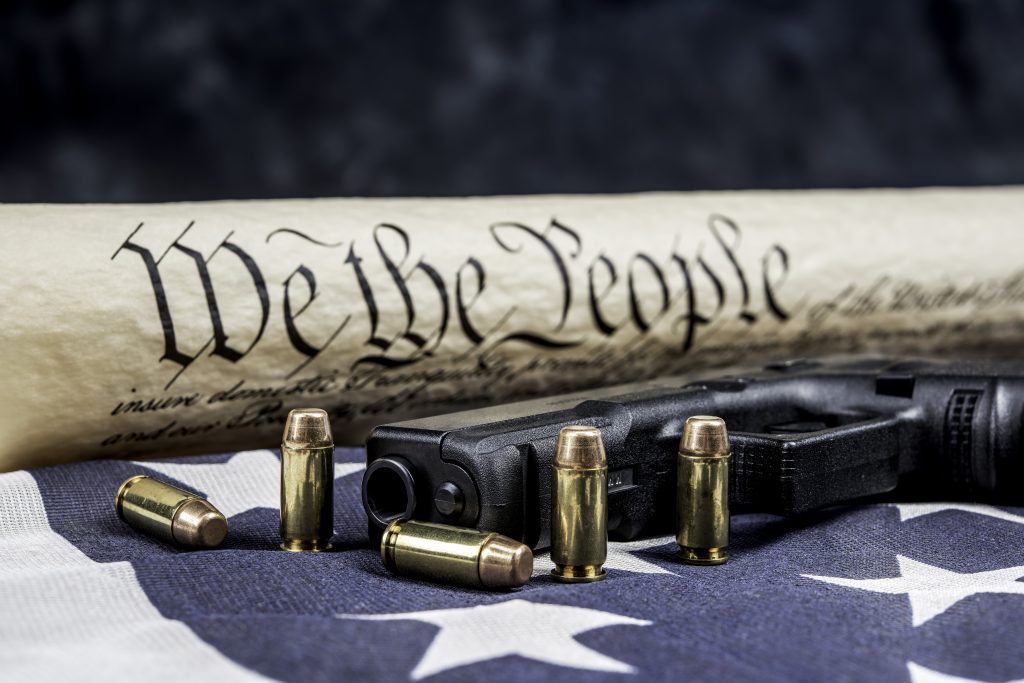
The next part “being necessary to the security of a free state”, is probably the most telling of the intent of this amendment. In order to resist a tyrannical government like they had just done with Britain, they knew that militias comprised of ordinary able bodied people, and armed with their own guns were important. That is not to say the individual right to bear arms was merely corollary to the militia. It was important in order to preserve the newly acquired freedoms that the colonists discovered after defeating Britain.Therefore “A well regulated militia, being necessary to the security of a free state” is the justification clause for words to follow.
The operative clause of the amendment follows with “the right of the people to keep and bear arms”. “Right of the people” appears not only in the second, but the first amendment as well. The founding fathers knew that these individual rights were not gifts of government, but rather that they were inherent natural rights of anyone, by virtue of their membership in the species. Inalienable rights cannot be transferred or taken away, but this does not stop people from trying. Despite the simplicity of “shall not be infringed,” It did not take long at all for government to begin infringing on these rights.
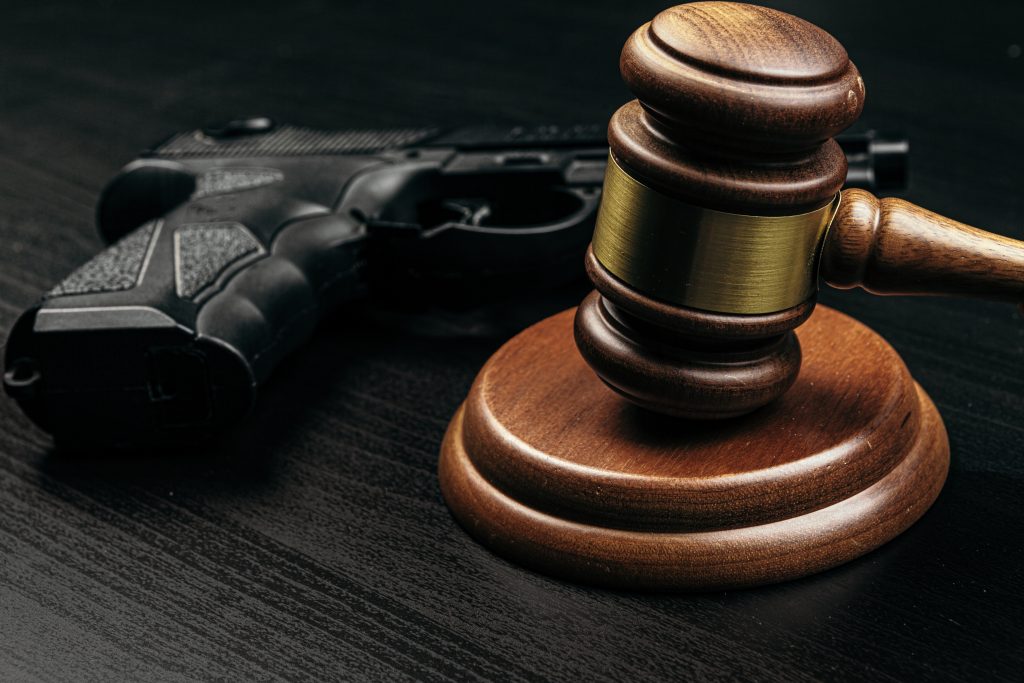
History of Gun Control
Marbury v. Madison concluded in 1803, among many other things, that: “It cannot be presumed that any clause in the constitution is intended to be without effect; and, therefore, such a construction is inadmissible, unless the words require it”. Another thing to take note of is the text in the Supremacy Clause of the Constitution: “This Constitution, and the Laws of the United States which shall be made in Pursuance thereof; and all Treaties made, or which shall be made, under the Authority of the United States, shall be the supreme Law of the Land; and the Judges in every State shall be bound thereby, any Thing in the Constitution or Laws of any State to the Contrary notwithstanding”. Between these two snippets of written history, one can reasonably ascertain that no laws should be made to restrict private ownership of arms, or to restrict militias.
Kentucky, in 1813 passed the first concealed weapons ban. In 1837, the state of Georgia passed a law banning handguns among other things. In Nunn v. Georgia the Supreme Court decided it was unconstitutional, it marks the first gun control law overturned on second amendment grounds. The National Rifle Association was formed by Union Army veterans Col. William C. Church and Gen. George Wingate in 1871. Between 1855 and 1886, in response to emancipation following the Civil War, Democrat controlled southern states passed “Black Codes”. Among other things, they restricted firearms ownership for African-Americans.

In 1927, in response to prohibition related violence, congress passed the Mailing of Firearms Act, which restricted the mailing of concealable firearms. The NRA helped author the National firearms act in 1934. It restricts barrel lengths of rifles and shotguns to 16 and 18″ inch minimum lengths respectively. It also provided guidelines for short barreled shoguns and rifles, silencers, destructive devices, and AOW’s (Any Other Weapon) which includes things like umbrella guns smooth bore pistols. The ATF has since also decided that simply attaching a vertical forward grip converts a pistol into an AOW. NFA items are heavily restricted and require a tax stamp. The NFA also included a registration requirement that was removed decades later on 5th amendment grounds.
In response to the Kennedy assassinations and growing racial tension, the Gun Control Act of 1968 was passed, which established Federal Firearms Licensing for gun sellers and imposed interstate commerce restrictions Prior to the GCA an American could have a firearm delivered to their home by mail. The GCA also restricted sales to groups of people such as felons and people previously committed to mental institutions.
In 1972, the Bureau of Alcohol Tobacco and Firearms is created, and they are tasked with enforcement of federal firearm laws. Washington D.C. banned residents from owning handguns, automatic firearms, or high-capacity semi-automatic firearms,and unregistered firearms in 1975. Law enforcement and those who registered their firearms prior to the ban were exempt. Additionally, guns kept in the home were required to be “unloaded, disassembled, or bound by a trigger lock or similar device”.
In 1982, in a letter from a Senate subcommittee, the following was written “The conclusion is thus inescapable that the history, concept, and wording of the second amendment to the Constitution of the United States, as well as its interpretation by every major commentator and court in the first half-century after its ratification, indicates that what is protected is an individual right of a private citizen to own and carry firearms in a peaceful manner”. At the time it was suggested that upwards of 75% of ATF prosecutions targeted ordinary citizens with no criminal intent, though tricking them into violating technicalities. Four years later in 1986 came the Firearm Owner’s Protection Act. While it did loosen restrictions a little bit, like allowing ammunition to be mailed through the post office again, and provided protection for people trveling interstate with their firearms, it also brought with it amendment 777, the Hughes Amendment. This restricted new manufacture of fully automatic firearms to law enforcement and police only.
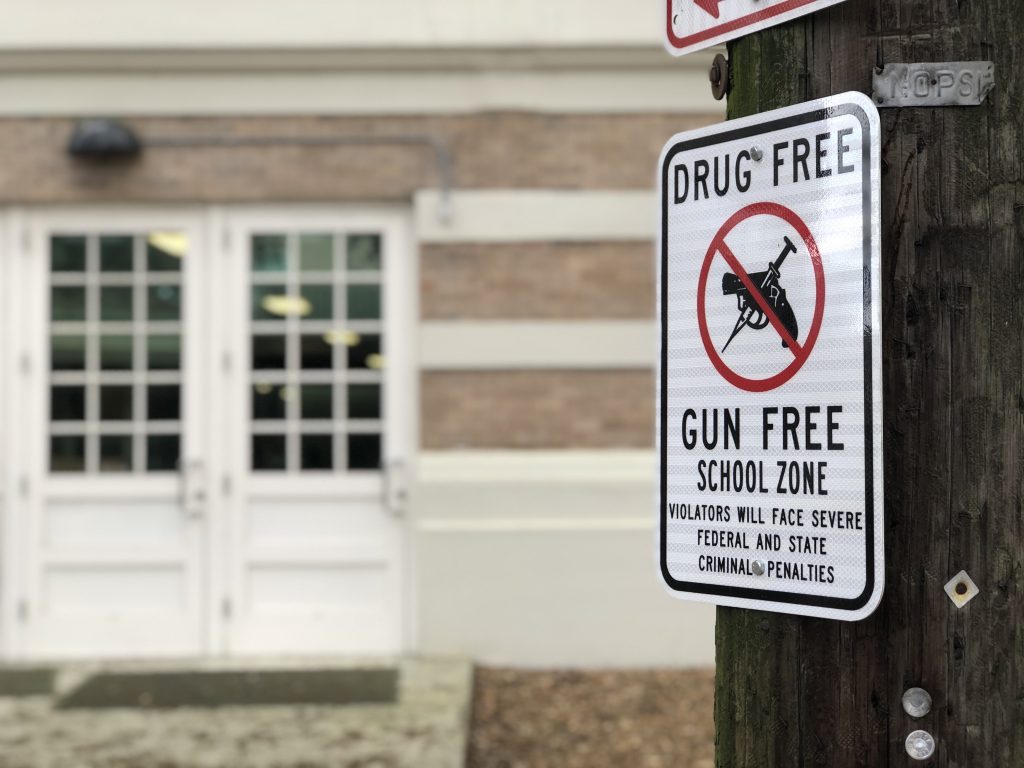
In 1990 gun free school zone legislation was enacted making it a federal crime to knowingly take a gun within 1000 feet of a school, however 5 years later it was found to overstep state’s rights. Congress passed The Brady Handgun Violence Act in 1993, which established the National Instant Criminal Background Check System. The law is named after James Brady, who was shot in the head during the 1981 assassination attempt on President Ronald Reagan. The Violent Crime Control and Law Enforcement Act became law in 1994. Also known as the “assault weapon” ban, it criminalized possession of 19 different models federally 19 specific semi-automatic firearms, classified as “assault weapons”, as well as any semi-automatic rifle, pistol, or shotgun capable of accepting a detachable magazine that has two or more of the following: telescoping or folding stocks, pistol grips, flash suppressors, grenade launchers, and bayonet lugs. It was not popular and was allowed to sunset 10 years later. Between 2007 and 2008 D.C. v Heller was decided by the Supreme Court and the handgun ban in D.C. was finally lifted.
If you are still reading after that partial history of gun control in the United States, please tell me at what point you feel the right of the people to keep and bear arms was infringed? You will hear arguments such as “You don’t need a gun with this feature or that for hunting”, when the purpose of the right is clearly not for hunting. It was assumed at the time of the writing of the document that since most people hunted for food or profession or to keep predators at bay, that it went without saying that firearms for hunting would not be questioned. Another argument raised is that the second amendment only applies to muskets, which is silly when you consider that it means that none of the founders ever witnessed or anticipated an advance in technology. Odd, considering Benjamin Franklin was an INVENTOR!
Militia has experienced changes to it’s meaning in the eyes of Congress since the Constitution and Bill of Rights were written and Federal law defines the militia by two classes, the organized militia, and the unorganized militia. During colonial times, able bodied men between the age of 16 and 60 were expected to gather together at the neighborhood and town level to train, patrol, defend and assist their communities. There were no police, and there will be no police when the stuff hits the fan. The militia, without arrest powers , helped to maintain order in the colonies. Today we have not only a national guard, the “organized militia”, but many standing armies in the form of the various military branches. Police are becoming increasingly militarized to the point where it is debatable whether or not they have also become a standing army. Today the “unorganized militia is defined as every able bodied man age 17 to 45 and not in the national guard or naval militia.
We have lost the spirit of the American revolutionaries. The idea of violently resisting government is unthinkable to most, as in they literally are incapable of thinking about it. Everybody draws their own line in the sand with regard to how much oppression they can tolerate. George W. Bush was quoted on two separate occasions stating that his job would be easier if he were a dictator.These are the representatives we are offered these days. We are taxed at rates approaching 50% sometimes. Still, a political uprising today would bear little resemblance to the battle of Lexington and Concord. We have allowed government to become much too powerful and overreaching into every area of our lives. To come back from that will take time and enlightening of minds, not armed revolution. Having said that, in the event war does come to US soil, “keep your powder dry”.
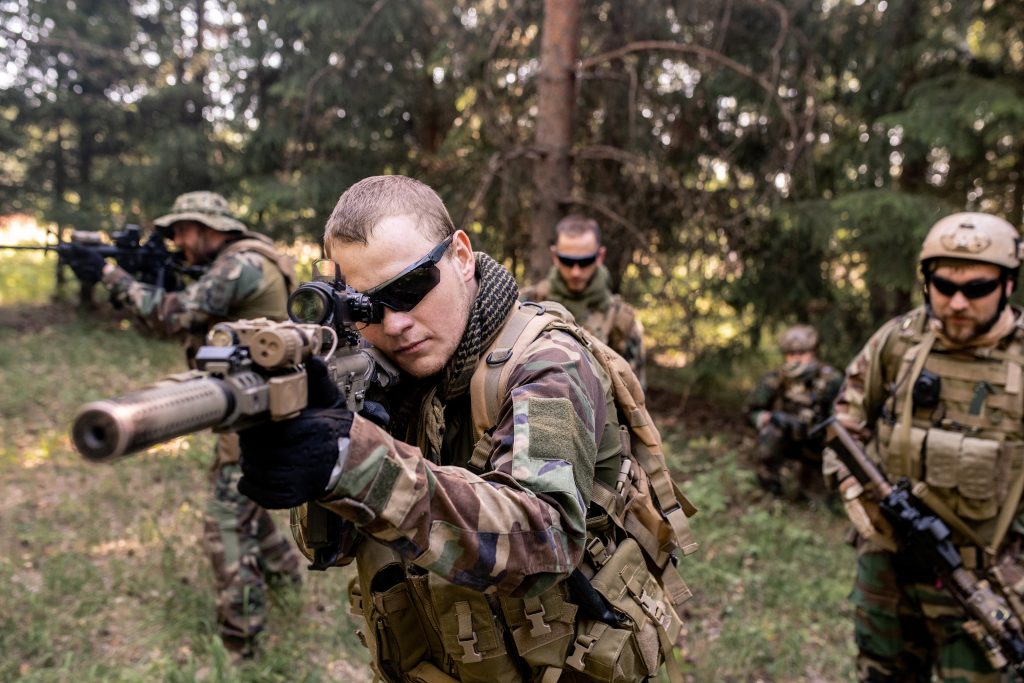
According to the Pew Research Center, personal protection is now the top reason people give for owning a firearm. According to their survey in 1999 only 26% listed this as the primary reason, today it is up to 48%. Of the people without guns in their homes 58% cite a fear of a firearm related accident as the reason. We encourage you to make an informed decision, so let’s look at the gun related numbers. Compared to just over 11,000 homicides in 2013, some of which were justified, only 505 deaths were attributed to accidental or negligent discharge. Another figure that gun control proponents like to use is that nearly 1,300 children a year are killed by guns. What they do not tell you is that 17 year old criminals and suicides are including in this number. There are more than 323 Million people in the United States. Statistically, you will be taking a greater risk when you get into an automobile.
So what do you need to know if you plan on getting a gun for self defense? There are many legal and tactical aspects as well as a considerable amount of training you should commit to understanding before making the decision to own or carry for self defense. The first thing you need to ask yourself is, if you had to take a life to save your own life or the life of a loved one, could you? If the answer is yes, then the next step is to familiarize yourself with laws and legal definitions in your state surrounding the use of firearms for self defense and carry. The majority of states have castle doctrine laws in place, which means that inside of your home you have no duty to retreat, and can stop the threat. The law that applies to self defense outside of your home is referred to as Stand Your Ground law, in some states you may not even have a duty to retreat first if faced with a threat to you or somebody you can protect from harm.

Another consideration are carry laws. Most states shall issue a permit to carry a concealed weapon, assuming you can pass a background check and take a short class. A small handful are restrictive on issuing carry permits. More than half of the states allow firearms to be carried openly without a permit, although some specify if it can be loaded or not. A dozen states currently offer what is referred to as constitutional carry, which means you are allowed to carry concealed or open without a permit. With new legislation being reviewed all the time I will not list the specific states here, so look at your local laws prior to committing to carrying for self defense. Having the option to carry either way (or both) is nice, and while this author views permits as an infringement, I’d prefer my readers have personal protection, even if that is part of the cost.
What kind of gun should you get for personal carry? A carry gun is a very personal decision that really should not be left up to a gun expert’s recommendation alone. We suggest prior to purchasing a carry gun that you narrow the options with the following criteria: Avoid inexpensive firearms, you want a tool made from quality materials to exacting standards that you can depend your life on. We do not recommend anything smaller than 9mm. Don’t worry if the gun has a mechanical safety on it or not, in a defense situation disengaging a safety is one more barrier between you and survival. Weight and size are a consideration as you want something light and small enough that you will be incentivized to carry it everywhere, but at the same time you do not want to sacrifice barrel length for accuracy nor skimp on magazine capacity.
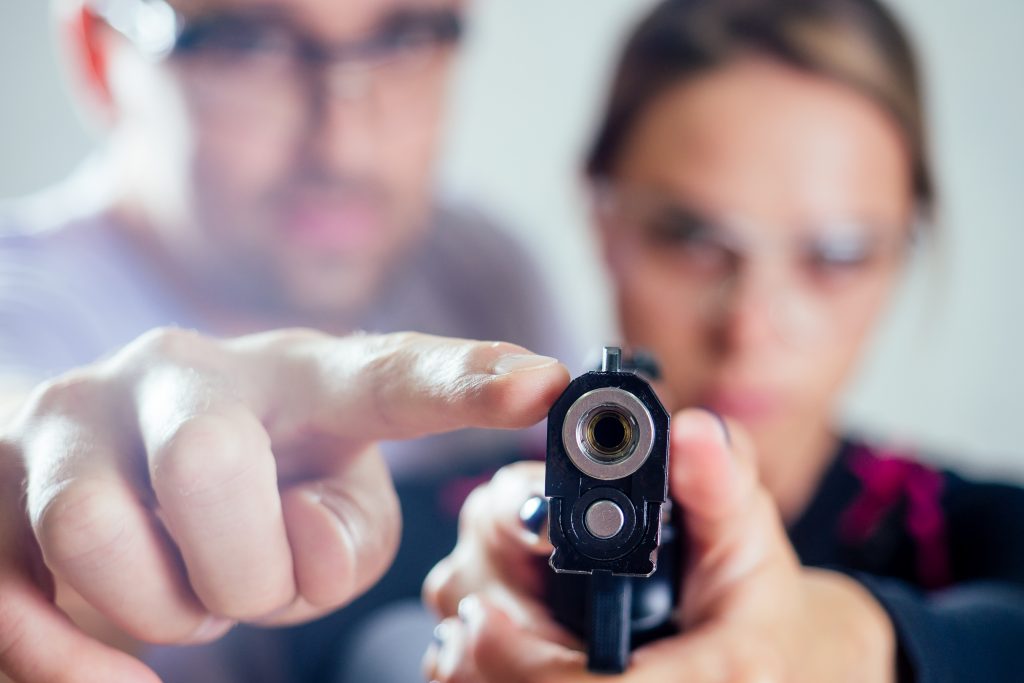
With this in mind, find a local handgun retailer with a very wide range of firearms, take the time to handle each one that meets the criteria to see which are the most comfortable to hold. Have the firearms dealer walk you through the basic operation of the firearm and choose 2 or 3 that you are most comfortable handling. At this point you will want to try to find somebody who owns these models or discuss with the shop owner or shooting ranges the possibility of borrowing or renting them to test them out. Once you have fired 50-100 rounds through each you will have a pretty good idea about which gun you are most comfortable shooting, and should be able to make a confident purchase.
Once you have your new handgun, take it to the shooting range and practice at least a thousand repetitions of loading, unloading, holstering, unholstering, and of course firing the gun.Keep in mind always the four rules of gun safety. Always treat a gun as if it is loaded unless you are currently viewing an empty chamber. Never point the muzzle end of the weapon at anything you are NOT comfortable destroying. ALWAYS keep your finger off the trigger until ready to fire. Be aware of your target, what’s behind it, and what’s beyond it. Once comfortable with the basic operation of the weapon, enroll in a self defense or tactical pistol course from an independently reviewed and reputable firearms trainer or school.
Once you have taken care of your carry gun, It’s time to consider something with a bit more range, capacity and stopping power for use at home. We recommend a long gun for this purpose. Most people start out with a pump action 12 gauge shotgun like the Remington 870, because they are inexpensive and simple to operate. Having something is better than having nothing, but as budget allows you want to consider upgrading to a semiautomatic carbine length rifle such as the AR15. Prepare to spend over $2000 dollars for a quality AR15. Ensure that it is chambered in 5.56 and has iron sights. Depending on your situation you may want to add a red dot sight and flashlight to it as well. As with the handgun, practice 1000 repetitions of the basic operations, and then seek professional defensive rifle training.
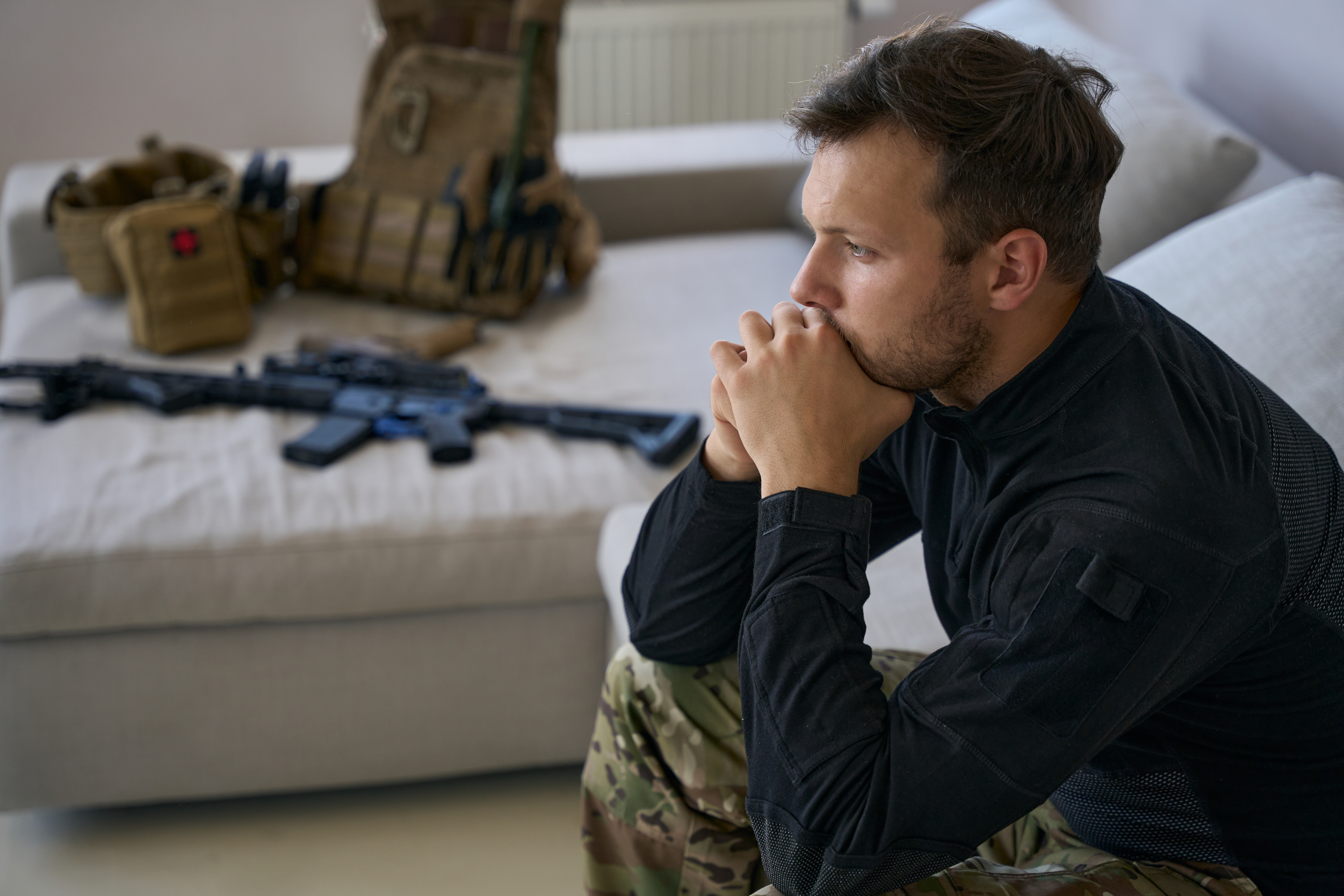
Once you are carrying a handgun everywhere you go, and have a reliable rifle at home and the training to use it. You might consider a few more firearms for when the stuff hits the fan. First on the list if you skipped it before, is a pump action 12 gauge shotgun, as it is simple, rugged, and able to fire a wide range of loads from fine bird shot to slugs capable of killing large game. Next on your list should be a large bore hunting rifle with a quality optic. We suggest .308, 30-06, or similar more common calibers. If you chose a compact handgun for your carry option, consider a full size service pistol to keep near your bed while you sleep should you be awakened suddenly and have to fight your way to your rifle. And finally a .22 rifle for small game hunting, pest control, and inexpensive target ammunition. While a .22 is adequate for a rabbit for example, the 5.56 in the AR15 would obliterate it from hydrostatic shock.
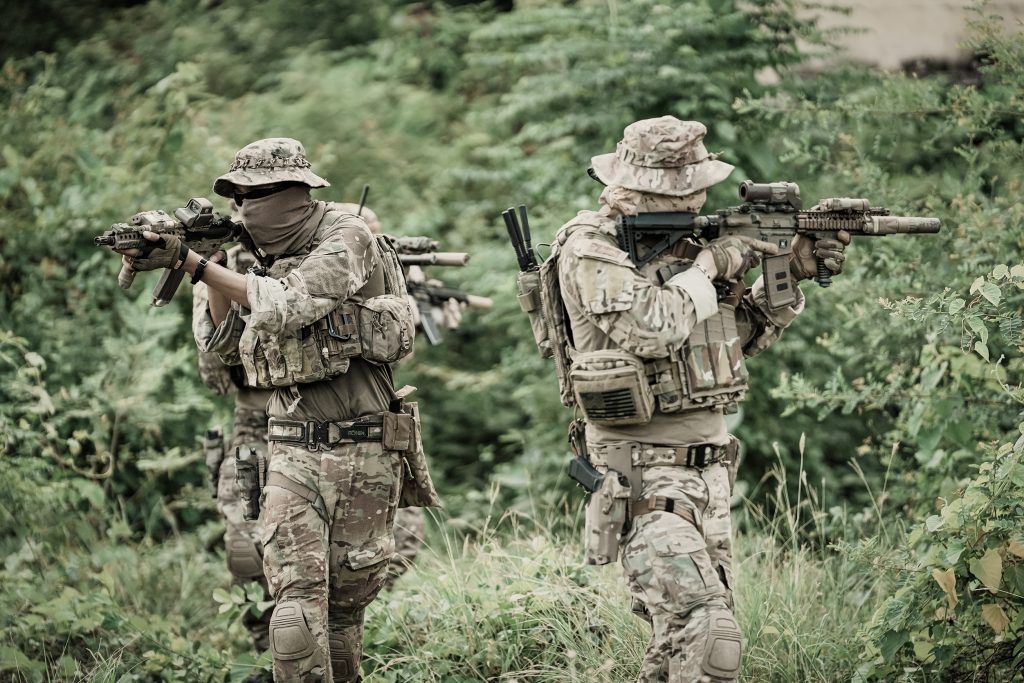
I hope that going through a brief history of why we have the right to keep and bear arms as well as some of the practical reasons for having more than one gun, have helped you make the decision to add a firearm or five to your prep. Don’t allow yourself to be a soft target. Take the steps needed to help keep your family and close friends safe from those who would otherwise take what is yours by force. If you have a completely impenetrable fortress with an endless supply of resources for when the stuff hits the fan, then by all means, don’t bother getting a gun. But if you are in the real world like the rest of us, be smart, and arm yourself now.
